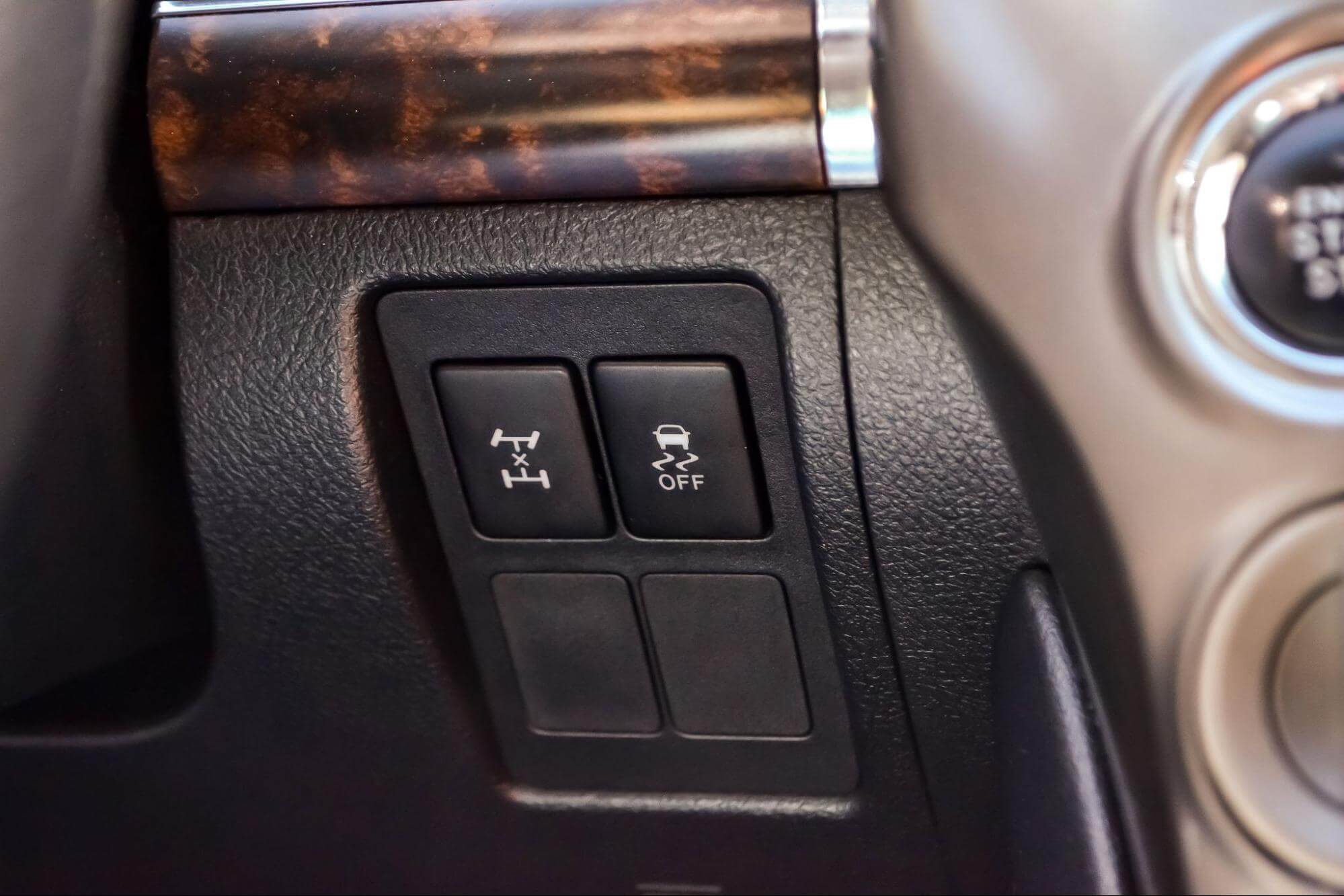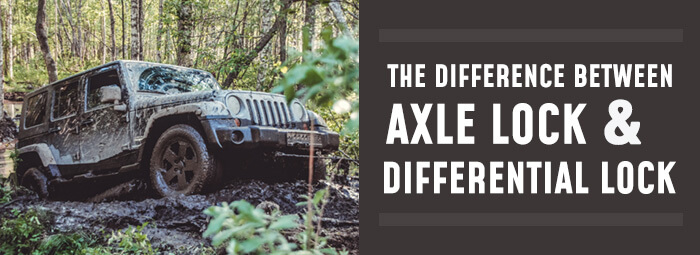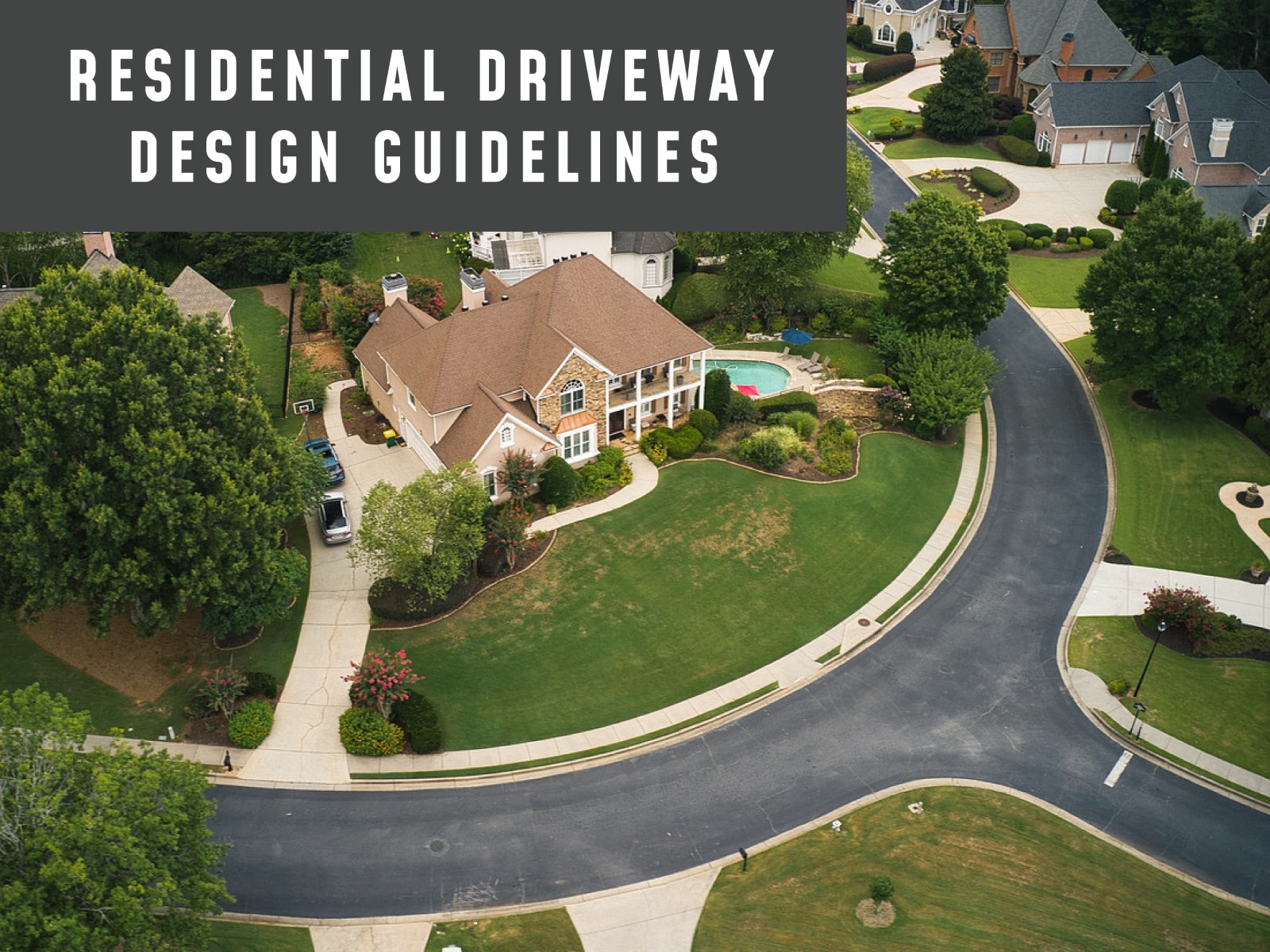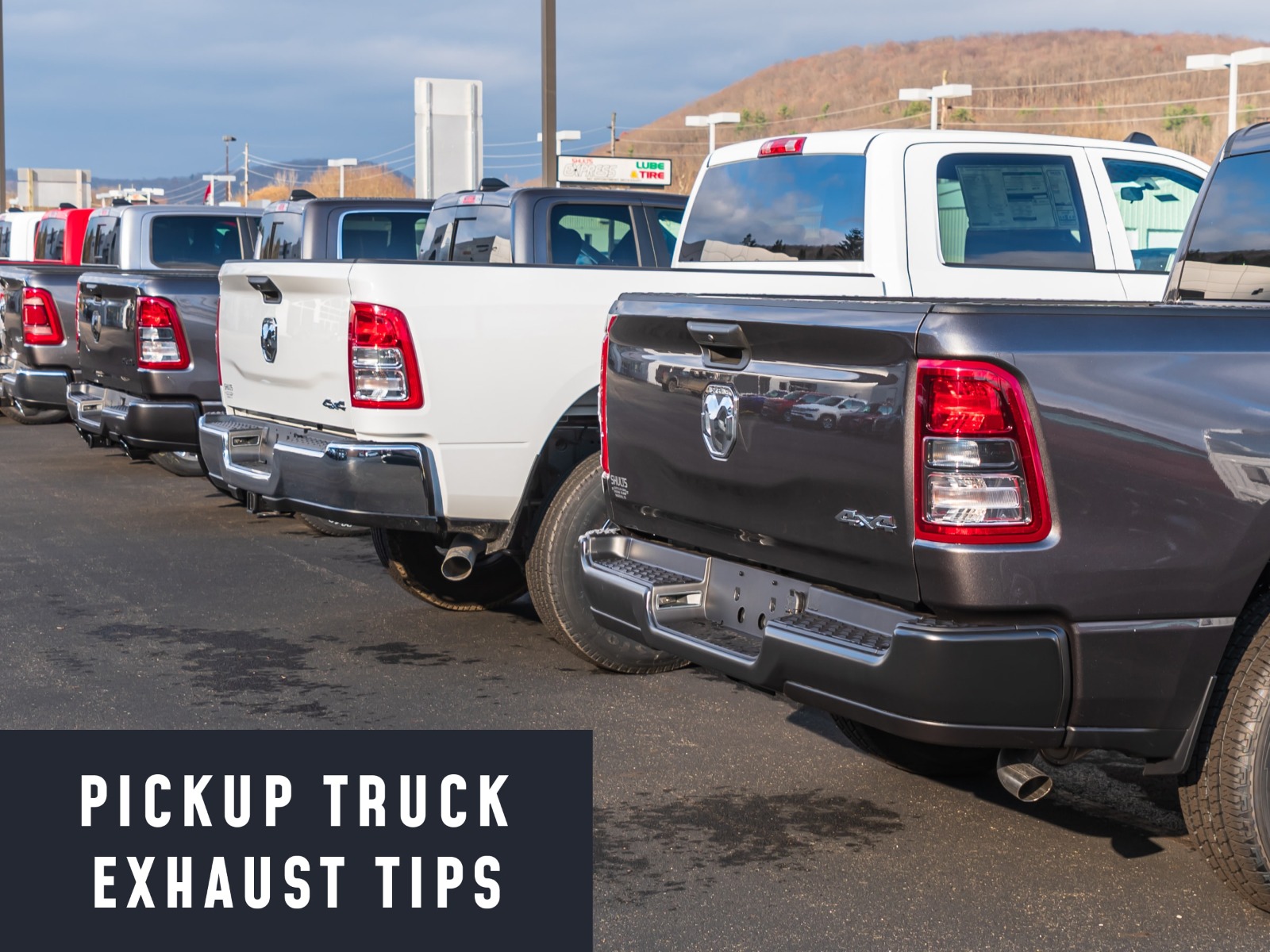If you are new to the world of 4x4 off-roading or rock crawling, you may have heard terms such as differential locks and axle locks. What do they mean? Continue reading to learn about how to operate axle lock and other safety features for rough conditions.
What Is Axle Lock?
Axle locks are a type of differential lock where the system locks the axle shaft. This has the effect of distributing power across both sides of the same axle. This helps to improve traction, as any wheel that has lost traction gets assistance from the other side of the vehicle.
What Is Differential Lock?
The differential system in any vehicle is designed to manage how power is distributed across the wheels. This has implications for how the vehicle corners and rides over slippery surfaces.
Most front-wheel drive and family cars have a system known as open differentials. When your vehicle takes a turn, the wheels do not all turn at the same speed. This is because the inner wheel has to cover a shorter distance than the outer wheel. If the wheels were moving at the same speed, the vehicle would be unable to corner correctly.
Thanks to the open differentials, the wheel with the least traction gets most of the power, ensuring that the turn is executed correctly. While this system works perfectly on good road surfaces, it tends to create problems when the vehicle is on a slippery surface, such as a muddy trail or snow. It is for these kinds of surfaces that differential locks are meant for.
If you drive a vehicle with open differentials on a slippery surface, the wheel with the least traction gets all the power. This means that cars with open differentials tend to easily get stuck, as the wheel with no traction will spin helplessly. In the meantime, the wheels with more traction get no power, so the vehicle remains stuck. The solution to this problem is differential locks. These locks ensure that an equal amount of power goes to all the wheels, regardless of their contact with the surface. This way, if any wheel has contact with the surface, the vehicle will keep moving.
The Difference Between Axle Locks & Differential Locks
While differential locks refer to the system of power distribution across all the wheels, axle locks are specific to one type of lock. Here, the system locks power across different sides of the same axle. This way, power is distributed equally on the two opposite wheels. Doing this ensures that if any side of the vehicle has traction, the car can move forward.

When & How To Use Axle Lock
One of the first rules to using axle locks is to remember that they should never be engaged in normal driving conditions. This is because any type of differential lock can make cornering dangerous, as the open differential helps to regulate the varying speed of the two sides. If you are about to get off the main road or driving on an icy surface, you may need to engage your axle locks.
To do this, you will need to slow down your vehicle to about 13 miles per hour. Some drivers opt to come to a complete stop before engaging their axle locks. Whichever choice you opt for, you must ensure that you are in a safe spot. This means pulling over on the side of the road so as not to obstruct oncoming traffic. You may also pick a location where other vehicles can view your car clearly. This means not stopping near a bend or the brow of a hill.
Depending on the type of vehicle you drive, the mechanism for engaging axle locks will differ. Most modern cars will have a button marked Front/Rear axle. You can engage the front or rear axle by toggling between the two. However, some vehicles have only one axle lock, so the engagement button will reflect that.
Vehicles With Axle Lock
A number of vehicle models come with axle locks in the United States. It can get very confusing for many people, as car adverts typically refer to Limited Slip Differentials as axle differentials. For most vehicle models, this tends not to be the case. Limited Slip Differential locks are a type of diff lock where the vehicle adjusts the rate of spin of each wheel depending on the amount of traction that wheel has.
The system can either use mechanical means or can use electronics. The distribution of power across the wheels is not according to the axle. Instead, it is controlled by sensors that detect traction levels across all four wheels and adjust power accordingly.
In contrast, axle locks engage locks on opposite sides of the same axle and split power equally across the two sides. Here are some vehicle models that come with axle locks:
- Dodge Ram Power Wagon
- Hummer H2 and H3
- Mercedes-Benz G500
- Jeep Wrangler Rubicon
Vehicles With Differential Locks
In contrast to vehicles with axle locks, many more cars are equipped with differential locks. These include but are not limited to the following models:
- Toyota Tacoma
- Jeep Wrangler
- GMC Sierra
- Chevy Colorado
- Ford F-150
These are just a few examples of vehicles that come with differential locks. There is a way out for American drivers who love the thrill of off-roading and don't own any of these models. There are off-market differential locks that can be fitted on most vehicles. Some of the more popular off-market differential locks include Eaton Locker, Detroit Locker, ARB Air Locker, among many others. The mechanical skill needed to fit the differential lockers differs across vehicle models. However, given how critical differential lockers are to the safe operation of your car, it helps to get an expert to fit them.
Enhance Your Safety with Camera Source
When engaged axle locks mechanically lock together the axle shafts forcing the wheels to spin at an equal rate. This allows the vehicle to maintain its momentum and prevents it from getting stuck. Similarly to how you only axle locks in conditions where the wheels lose traction, backup cameras are only engaged when the vehicle is in reverse. This allows you to maintain your driving momentum by reversing with confidence and ease.
Whether you are rock-crawling, off-roading, or simply have to drive over slippery surfaces, you will find that backup cameras can make a difference for you. With the typical raised profile of an off-roader, it can be difficult to spot low objects immediately behind your vehicle. A backup camera gives you a clear view of the vehicle's rear, allowing you to reverse safely in adverse conditions.
When driving in mud or snow, a backup camera can help you maneuver safely as you have a clear view of what lies behind the vehicle. At Camera Source, we have top-quality backup cameras for your off-roader that will improve your driving experience. Get in touch or visit our online store today and get one of our easy-to-install backup cameras.








